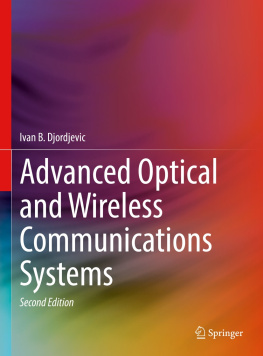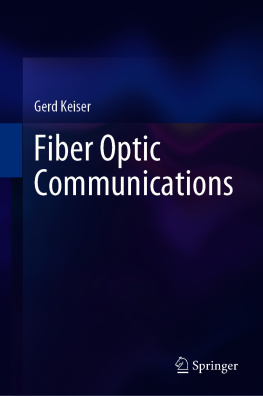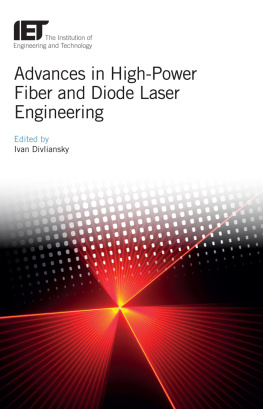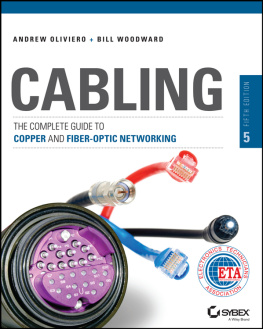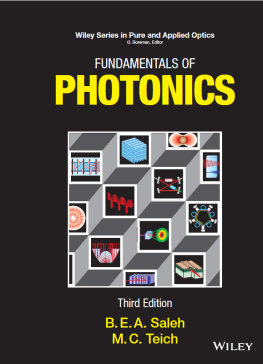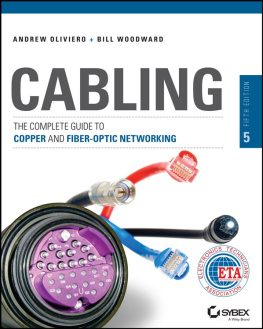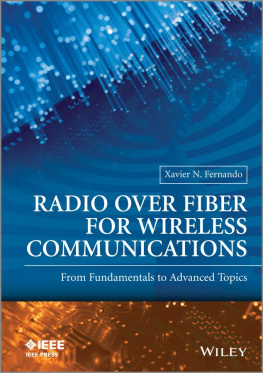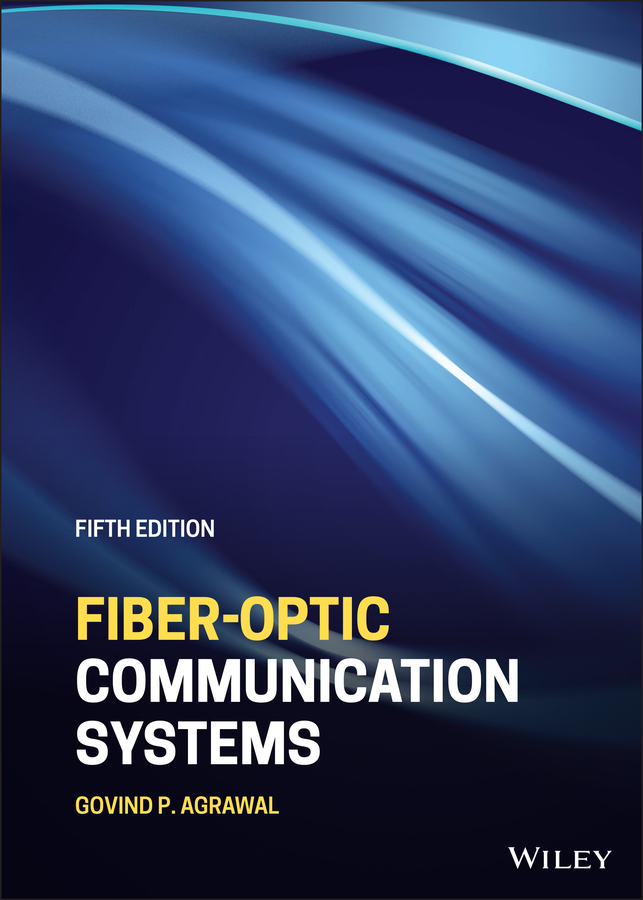Govind P. Agrawal - Fiber-Optic Communication Systems (Wiley Series in Microwave and Optical Engineering)
Here you can read online Govind P. Agrawal - Fiber-Optic Communication Systems (Wiley Series in Microwave and Optical Engineering) full text of the book (entire story) in english for free. Download pdf and epub, get meaning, cover and reviews about this ebook. year: 2021, publisher: Wiley, genre: Computer. Description of the work, (preface) as well as reviews are available. Best literature library LitArk.com created for fans of good reading and offers a wide selection of genres:
Romance novel
Science fiction
Adventure
Detective
Science
History
Home and family
Prose
Art
Politics
Computer
Non-fiction
Religion
Business
Children
Humor
Choose a favorite category and find really read worthwhile books. Enjoy immersion in the world of imagination, feel the emotions of the characters or learn something new for yourself, make an fascinating discovery.

- Book:Fiber-Optic Communication Systems (Wiley Series in Microwave and Optical Engineering)
- Author:
- Publisher:Wiley
- Genre:
- Year:2021
- Rating:3 / 5
- Favourites:Add to favourites
- Your mark:
Fiber-Optic Communication Systems (Wiley Series in Microwave and Optical Engineering): summary, description and annotation
We offer to read an annotation, description, summary or preface (depends on what the author of the book "Fiber-Optic Communication Systems (Wiley Series in Microwave and Optical Engineering)" wrote himself). If you haven't found the necessary information about the book — write in the comments, we will try to find it.
In the newly revised fifth edition of Fiber-Optic Communication Systems, accomplished researcher and author, Dr. Govind P. Agrawal, delivers brand-new updates and developments in the science of fiber optics communications. The book contains substantial additions covering the topics of coherence detection, space division multiplexing, and more advanced subjects. Youll learn about topics like fibers losses, dispersion, and nonlinearities, as well as coherent lightwave systems. The latter subject has undergone major changes due to the extensive development of digital coherent systems over the last decade. Space-division multiplexing is covered as well, including multimode and multicore fibers developed in just the last ten years. Finally, the book concludes with a chapter on brand-new developments in the field that are still at the development stage and likely to become highly relevant for practitioners and researchers in the coming years. Readers will also benefit from the inclusion of:
- A thorough introduction to the fundamentals of fiber-optic communication systems
- An exploration of the management of fiber-optic communication losses, dispersion, and nonlinearities
- A practical discussion of coherent lightwave systems, including coherent transmitters and receivers, as well as noise and bit-error rate, sensitivity degradation mechanisms, and the impact of nonlinear effects
- A concise treatment of space-division multiplexing, including multicore and multimode fibers, multicore lightwave systems, and multimode lightwave systems
- Analyses of advanced topics, including pulse shaping for higher spectral efficiency, Kramers-Kronig receivers, nonlinear Fourier transform, wavelength conversion, and optical regeneration
Govind P. Agrawal: author's other books
Who wrote Fiber-Optic Communication Systems (Wiley Series in Microwave and Optical Engineering)? Find out the surname, the name of the author of the book and a list of all author's works by series.

